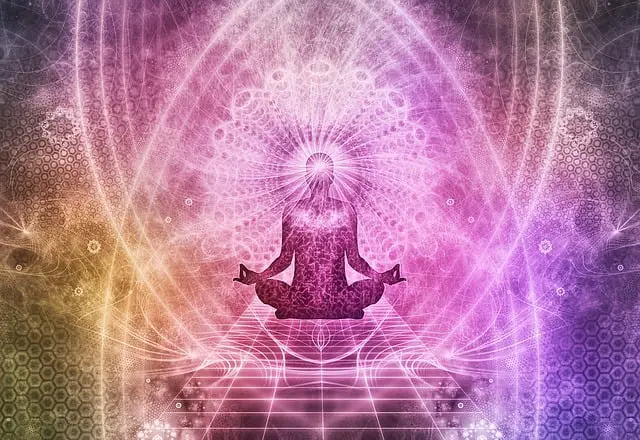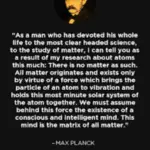May 28, 2023
We hope you enjoy our articles. Please note, we may collect a share of sales or other compensation from the links on this page. Thank you if you use our links, we really appreciate it!
I developed a theory of integral conflict resolution in my recently published book, Sri Aurobindo at 150: An Integral Vision of Evolution, Human Unity, and Peace. In this blog, I am recapitulating some of the main arguments of the theory. While developing this theory I drew from the ideas of Indian Yogi and philosopher, Sri Aurobindo, who in turn was influenced by the core Vedanta philosophy.
Integral conflict resolution is essentially integral or spiritual in its approach to conflict. In this approach, conflict is neither good or bad but an inevitable part of human life. The conflict emerges from a fundamental discord in the very fabric of individual and collective living. And one must address that fundamental discord in order to resolve or transform the conflict. Unless that discord is addressed in an integral spirit, conflict is bound to occur. Obviously not all conflicts are the same. As I wrote in the book, “Certainly, in this approach of conflict resolution, all the conflicts are not necessarily same, as they differ in their scope, level, and impact, hence from that point of view one conflict is different from another, but from the integral perspective the roots of the conflict could be traced to fundamental discord and disharmony generated by the limiting ego, whether it is the individual ego or national ego. One needs to adopt that larger perspective to conflict and peace, and that perspective must dawn first within the individual and their groups, which would then reflect in their outward behavior.”
Cosmetic or ad hoc methods to address conflicts may provide respite from the conflict, but they would not be able to address them permanently. Those are like palliatives or placebos which provide temporary relief without going to the depth of the conflict and addressing it there. Such measures such as providing economic packages or deploying army or peacekeeping forces without addressing the deep roots may be helpful in the short term, but they are bound to fail in the long run. To quote from the book, “… cosmetic or ad hoc methods that just attempt to manage or stop violence or attempts that provide economic packages or largesse and avoid the deep roots of the conflict. Such approaches, varyingly used by the states and organizations, would bound to falter, or at best they would checkmate violence for some time, but ultimately it would amount to what Johan Galtung called negative peace, because there would be peace, but that peace would be imposed by force or mechanical means. Unless the root of the conflict is addressed in the evolutionary spiritual light, the conflict would occur, whether at a small scale or a large scale, whether at the level of the individual or the collective bodies. Sri Aurobindo would argue that marginalization and exploitation of one group by another group, or the earlier forms of conflicts such as colonialism and imperialism, and wars both intrastate and interstate could be traced to the fundamental discord and disharmony. One could add to this litany of conflicts not only conflicts between individuals and groups, but also conflicts at larger scales involving natural resources and environment.”
Conflict resolution must be spiritual. A spiritual approach can factor all dimensions, or have a 360-degree view, of the conflict. Only such an approach can see and value the interests and demands of all parties to a conflict. From this spiritual approach, the discourse on conflict and peace is much more nuanced. It would hold that peace is not just absence of violence, or that absolute nonviolence is the fulcrum of peace. The ancient Hindu scripture, Gita, provides useful insights on this dilemma of violence and nonviolence, and brings to us the argument that neither violence nor nonviolence are absolute in integral conflict resolution. As I elaborated in the book, the Krishna-Arjuna dialogue amplifies how this dilemma could be overcome by adopting a spiritual approach. I argued in the book, “It was Arjuna (representing human individual) who, influenced by his limiting ego, thought of himself as the doer of action, but Krishna (representing the divine) pointed out to him that that approach is often limiting and constraining, and only when he becomes a conscious, deliberate, and active participant in the evolutionary process, or in the language of the Gita, when he becomes an instrument of the divine, or nimitta, he could rightfully perform duty his swadharma demanded. He would then act from a higher consciousness, in which there would be no despondency or confusion in his mind, as he would be acting as an instrument of the divine, and here the divine would be the doer and Arjuna the instrument…one must rise above limiting ego, transcend the tunnel vision, and have an integral picture of the situation before addressing the conflict.” It is, hence, imperative that for integral conflict resolution to take root the parties to a conflict, whether individuals, groups or nation-states, must first admit their constraining view of the situation, and then rise above it, and adopt an integral approach to find a solution.
While developing the theory of integral conflict resolution, I made a broad three-fold typology of conflict resolution: material, moral, and spiritual, while admitting that these types are not strictly separated from each other. I argued, “Material conflict resolution implies those approaches that dominantly focus on material or visible aspects. For example, applying this approach one would argue an individual is entering into a conflictual relationship with another individual because they fight over some material resources such as land or money or some other material elements. Though a material approach will not completely undermine other aspects such as psychological, its dominant focus will be on the material aspects of the conflict and then exploring pathways to address that aspect of the conflict…the moral conflict resolution focuses on moral dimensions of the conflict, and appeals to the moral sentiments of the people, particularly the inner feeling of right and wrong. Hence, this approach does not give too much emphasis on visible or material aspects of the conflict. Though these aspects play a role in this conflict analysis, the major focus is on morality or moral principles…The spiritual approach to conflict resolution is integral in its outlook…In this approach, material or visible dimensions, morality, ethics, rules, laws and regulations, play a role in addressing the conflict, but the fundamental guiding principle in resolving the conflict would be none of these, but the spiritual principle…When all the parties to the conflict realize that they are part of the same creation, same divine or ultimate reality, and same evolutionary process…the scope of the conflict or the ground of the conflict automatically vanishes.”
Want to delve deep into this theory? You must read the book!



